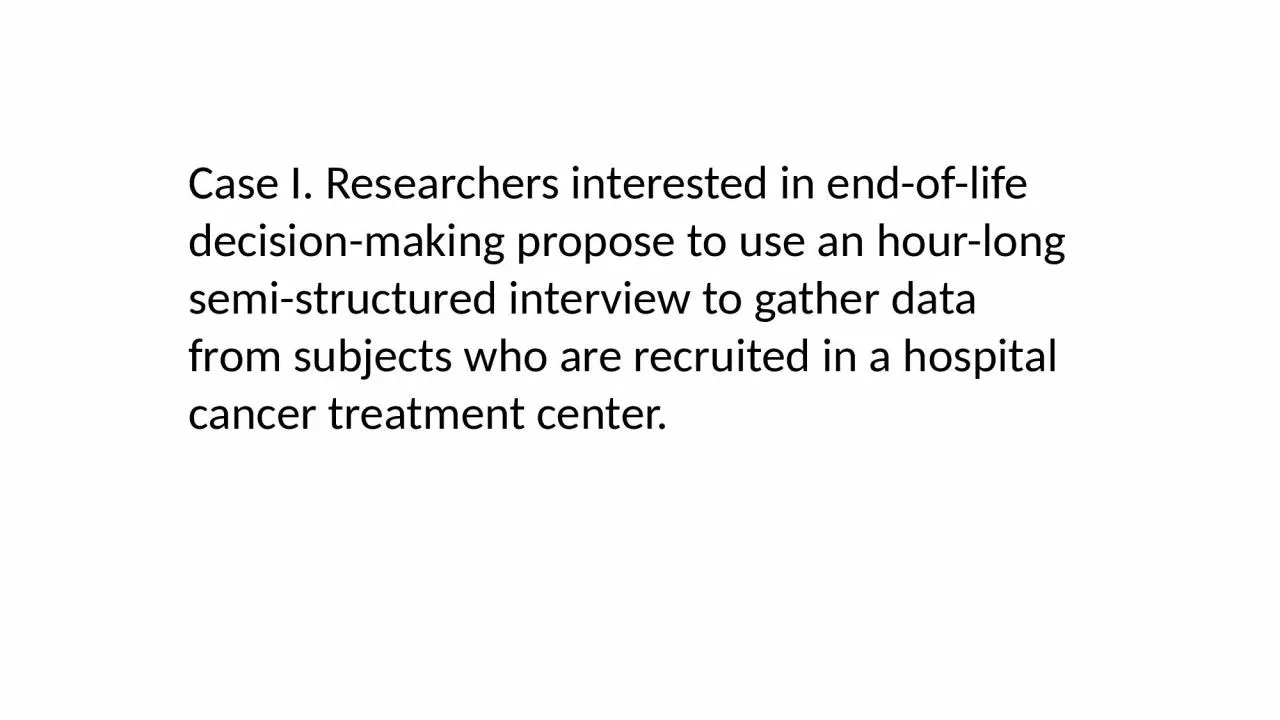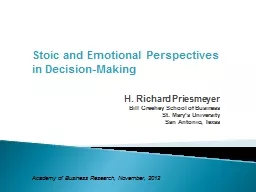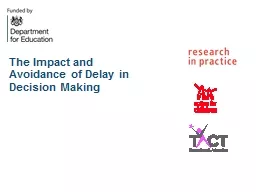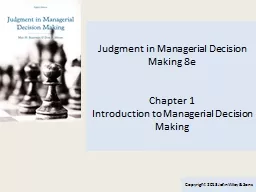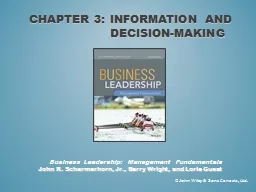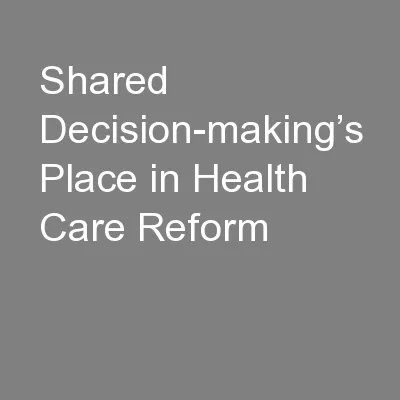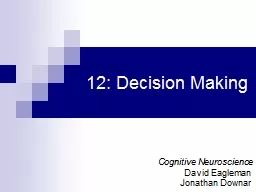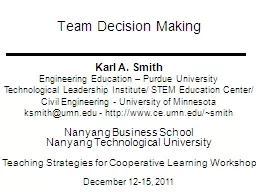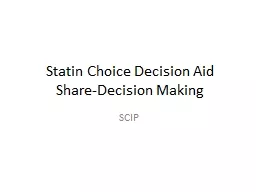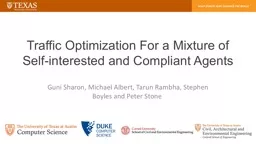PPT-Case I. Researchers interested in end-of-life decision-making propose to use an hour-long
Author : maisie | Published Date : 2024-03-13
Figure 1 The same endoflife decisionmaking survey is judged to introduce different risks in the group of a acutely bereaved family members b newly diagnosed patients
Presentation Embed Code
Download Presentation
Download Presentation The PPT/PDF document "Case I. Researchers interested in end-of..." is the property of its rightful owner. Permission is granted to download and print the materials on this website for personal, non-commercial use only, and to display it on your personal computer provided you do not modify the materials and that you retain all copyright notices contained in the materials. By downloading content from our website, you accept the terms of this agreement.
Case I. Researchers interested in end-of-life decision-making propose to use an hour-long: Transcript
Download Rules Of Document
"Case I. Researchers interested in end-of-life decision-making propose to use an hour-long"The content belongs to its owner. You may download and print it for personal use, without modification, and keep all copyright notices. By downloading, you agree to these terms.
Related Documents

